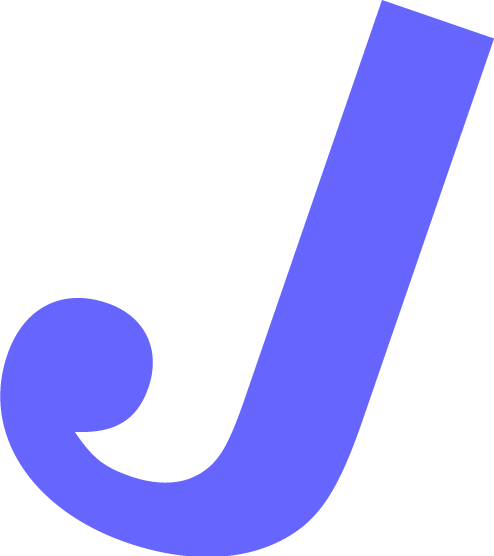From the results of the design review, it made sense to start establishing a design system because:
► We have a proof of concept, and the product’s core features and tools are stabilizing and ready to scale. For example, patching and extending core features shows the product is maturing.
► There are UI patterns forming in the user flows but are not consistent
► There is funding and justification to set this ground work
► There is a need for better communication and design habits for everyone
Building a design system can be a big undertaking, and persuading stakeholders to invest effort in this work can be challenging. A compelling way to convince the boss to develop this body of work was to divide the activities into small parts with a concise purpose or value, that can be justified with a current objective or task, or as a necessary foundation to an approved future direction (e.g. meeting standards for the health industry). Moreover, implementing the system piece-by-piece made it easier for the product team to consume and train at their own pace, and form good design habits.
With some persistence over the course of a year, the current design system accumulated into these tools:
► Device compatibility support guide and service level agreements
► Proprietary design system — guides for the component library, page layouts, typography, and displaying images online
► Curated quick references to domain knowledge of web and mobile standards and practices (i.e. a wiki)
Implemented a set of accessibility HTML and CSS templates based on the guides
